Home>Gardening & Outdoor>Landscaping Ideas>What To Do With Areas Of The Yard That Won’t Grow Grass
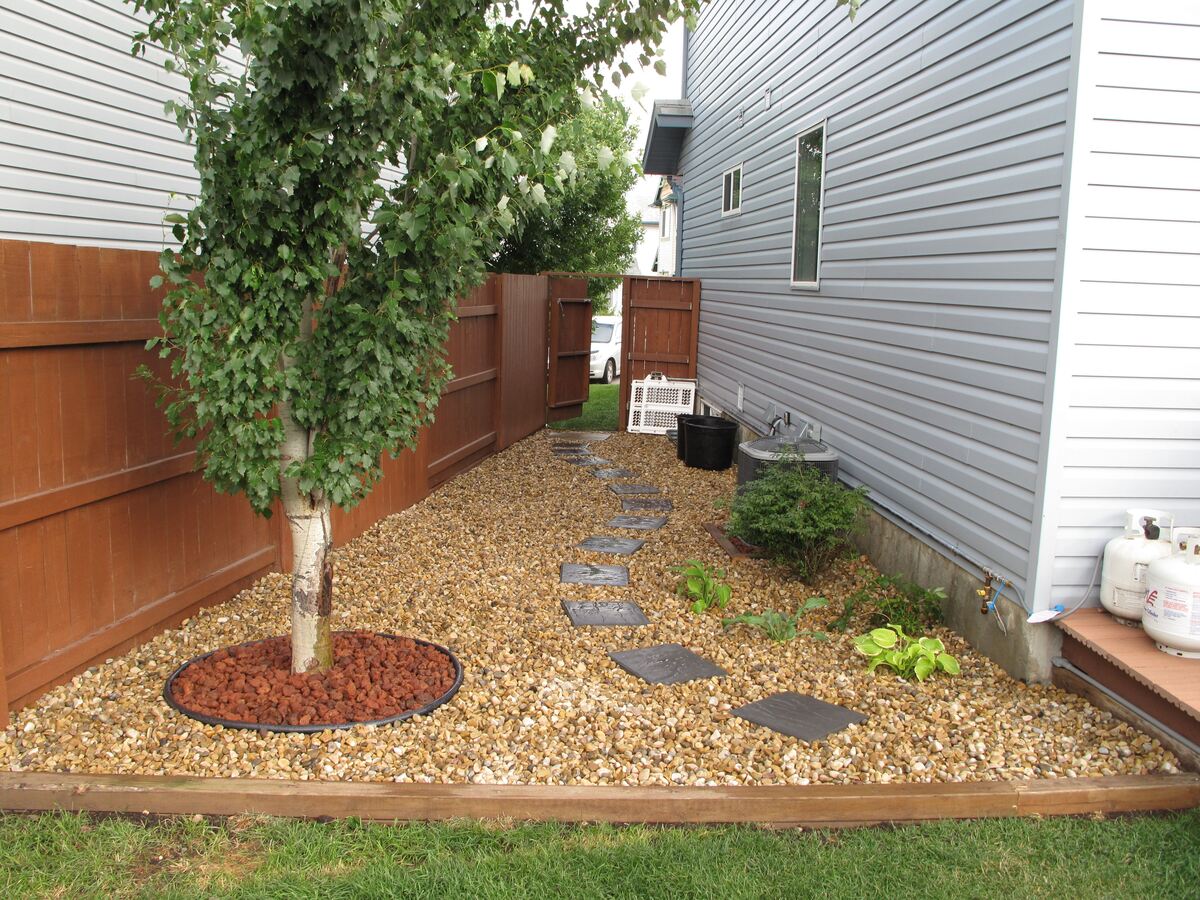

Landscaping Ideas
What To Do With Areas Of The Yard That Won’t Grow Grass
Modified: August 18, 2024
Discover effective landscaping ideas for areas of your yard that won't grow grass. Transform your outdoor space with innovative solutions and expert tips.
(Many of the links in this article redirect to a specific reviewed product. Your purchase of these products through affiliate links helps to generate commission for Storables.com, at no extra cost. Learn more)
Introduction
When it comes to maintaining a lush, green lawn, there are often areas in the yard that simply refuse to cooperate. Whether it's due to excessive shade, poor soil quality, or high foot traffic, these stubborn patches can be a source of frustration for homeowners. However, all hope is not lost! There are numerous creative and effective solutions to transform these problematic areas into beautiful and functional spaces. By understanding the underlying issues, exploring alternative ground covers, considering hardscaping solutions, and embracing low-maintenance garden designs, you can breathe new life into these challenging spots in your yard. Let's delve into the world of landscaping and discover the myriad possibilities for revitalizing those areas that just won't grow grass.
Key Takeaways:
- Transform problematic yard areas by understanding soil, exploring alternative ground covers, and embracing low-maintenance gardens. Creativity and innovation can breathe new life into challenging spots.
- Consider hardscaping solutions like permeable pavers and retaining walls to enhance usability and reduce reliance on traditional grass. Embrace adaptability and resourcefulness in landscaping.
Read more: How To Grow Grass In Muddy Yard
Understanding the Problem
Before diving into potential solutions, it’s crucial to identify the specific reasons why grass struggles to thrive in certain areas of your yard. Common culprits include inadequate sunlight, compacted soil, poor drainage, and heavy foot traffic. Shaded areas beneath trees or tall structures often lack the sunlight necessary for grass growth, while compacted soil restricts root development and water absorption. Additionally, areas frequented by children or pets may suffer from soil compaction and erosion, hindering grass growth.
Moreover, it’s essential to consider the environmental factors that contribute to these challenges. Regions with high rainfall may experience drainage issues, leading to waterlogged soil that suffocates grass roots. On the other hand, arid climates can present their own set of obstacles, such as soil erosion and nutrient depletion due to excessive heat and drought. By closely observing the affected areas and evaluating the prevailing conditions, you can gain valuable insights into the underlying problems and make informed decisions about the most suitable remedies.
Understanding the unique challenges presented by these problematic areas is the first step toward finding effective solutions. By addressing the root causes of poor grass growth, you can pave the way for transformative landscaping endeavors that will breathe new life into your outdoor spaces.
Assessing the Soil
Before embarking on any landscaping project, it’s essential to assess the quality of the soil in the areas where grass struggles to thrive. Conducting a thorough soil analysis can provide valuable insights into its composition, drainage capacity, and nutrient levels, enabling you to make informed decisions about potential remedies.
Start by examining the soil texture, which can range from sandy to loamy to clayey. Sandy soil, while well-draining, may struggle to retain moisture and nutrients, posing challenges for grass growth. On the other hand, clayey soil, though nutrient-rich, tends to compact easily, impeding root development and water infiltration. Loamy soil, with its balanced composition, offers optimal conditions for healthy grass growth.
Next, evaluate the soil’s drainage capabilities. Poor drainage can lead to waterlogged conditions that suffocate grass roots and foster the growth of moss and weeds. To assess drainage, observe how water behaves after a heavy rain. If it pools on the surface for an extended period, the soil likely has drainage issues that need to be addressed.
Furthermore, testing the soil’s pH and nutrient levels is crucial. Grass thrives in slightly acidic to neutral soil, typically with a pH range of 6.0 to 7.0. If the soil is too acidic or alkaline, it can hinder nutrient uptake and impede grass growth. A comprehensive soil test can reveal deficiencies in essential nutrients such as nitrogen, phosphorus, and potassium, guiding you in the application of targeted fertilizers to rectify these imbalances.
By thoroughly assessing the soil in problematic areas, you can gain a deeper understanding of the underlying factors contributing to poor grass growth. Armed with this knowledge, you can explore a range of tailored solutions, from soil amendments to alternative ground covers, that will rejuvenate these challenging spaces and enhance the overall beauty of your landscape.
Choosing Alternative Ground Covers
When traditional grass struggles to thrive in certain areas of your yard, it may be time to consider alternative ground covers that are better suited to the specific environmental conditions and maintenance requirements of those spaces. Embracing diverse ground cover options not only adds visual interest to your landscape but also reduces the need for extensive lawn maintenance, making these areas more sustainable and resilient.
One popular alternative to traditional grass is the use of ornamental ground covers such as creeping thyme, sedum, or ajuga. These low-growing plants not only provide lush, green coverage but also offer vibrant blooms and foliage that add a decorative touch to your outdoor spaces. Creeping thyme, for instance, forms a dense mat of fragrant foliage and tiny flowers, creating a charming carpet-like effect that thrives in sunny, well-drained areas. Sedum, with its succulent leaves and drought tolerance, is an excellent choice for dry, sunny spots, while ajuga, also known as bugleweed, offers striking foliage and thrives in partial shade.
In shaded areas where grass struggles to grow, consider incorporating shade-tolerant ground covers such as hostas, ferns, or moss. These plants not only thrive in low-light conditions but also contribute to a lush and verdant aesthetic. Hostas, prized for their striking foliage and resilience in shaded settings, add texture and visual appeal to the landscape. Ferns, with their graceful fronds and preference for moist, shaded environments, create a serene and woodland-inspired ambiance. Moss, with its velvety green appearance, is an excellent option for moist, shady areas where traditional grass struggles to establish itself.
For areas with high foot traffic, consider utilizing durable ground covers such as clover or creeping thyme. Clover, with its resilience and ability to withstand frequent trampling, offers a verdant and low-maintenance alternative to traditional grass. Creeping thyme, as previously mentioned, forms a dense and resilient ground cover that can withstand moderate foot traffic while adding a touch of charm to the landscape.
By exploring the diverse array of alternative ground covers, you can transform those challenging areas in your yard into visually captivating and sustainable spaces that thrive in their unique environmental conditions.
Consider planting ground cover plants such as clover, creeping thyme, or moss in areas where grass won’t grow. These plants are low-maintenance and can thrive in various conditions, filling in the space and adding greenery to your yard.
Implementing Hardscaping Solutions
When faced with areas in your yard where traditional grass struggles to grow, hardscaping solutions offer a versatile and enduring approach to transforming these spaces into functional and visually appealing elements of your landscape. By integrating hardscape features, such as pathways, patios, and retaining walls, you can enhance the usability and aesthetic value of these challenging areas while minimizing the need for extensive lawn maintenance.
One effective hardscaping solution for areas with poor soil quality or drainage issues is the installation of permeable pavers. These eco-friendly paving options allow rainwater to infiltrate the soil, reducing runoff and minimizing waterlogged conditions that can impede grass growth. Permeable pavers come in various styles and materials, offering a customizable and sustainable solution for creating pathways, driveways, or patio areas in problematic zones of your yard.
For shaded areas where grass struggles to thrive, consider incorporating shaded seating areas or woodland-inspired retreats using hardscape materials such as natural stone or wood. Creating a tranquil oasis with strategically placed benches, natural stone pavers, and mulched pathways can transform these challenging spots into inviting and functional spaces for relaxation and contemplation.
Retaining walls and raised planters provide effective hardscaping solutions for areas with soil erosion or poor drainage. These features not only address structural concerns but also offer opportunities for incorporating vibrant plantings and cascading foliage, adding visual interest and dimension to the landscape. By utilizing retaining walls and raised planters, you can mitigate soil erosion, improve drainage, and create elevated planting beds that thrive in challenging soil conditions.
Additionally, integrating decorative elements such as ornamental boulders, driftwood, or sculptures can infuse character and artistry into these problematic areas, transforming them into focal points of your landscape design. These hardscape accents not only add visual intrigue but also serve as enduring features that require minimal maintenance, contributing to the overall allure and functionality of your outdoor spaces.
By embracing hardscaping solutions tailored to the specific challenges of your yard, you can elevate these problematic areas into enduring and captivating elements of your landscape while reducing the reliance on traditional grass that struggles to thrive in these conditions.
Read more: How To Grow Grass In My Yard
Creating a Low-Maintenance Garden
Transforming areas of the yard where grass struggles to grow into low-maintenance gardens offers an opportunity to cultivate diverse and resilient plantings that thrive in challenging environmental conditions. By embracing a thoughtful and strategic approach to garden design, you can create visually captivating and sustainable landscapes that require minimal upkeep, allowing you to reclaim these problematic spaces and infuse them with natural beauty.
One key aspect of establishing a low-maintenance garden is selecting plants that are well-suited to the specific challenges of the site. Embrace native and adaptive plant species that are resilient to the prevailing environmental conditions, such as drought-tolerant succulents, ornamental grasses, and native wildflowers. These plantings not only add texture and color to the landscape but also require minimal water and upkeep, thriving in areas where traditional grass struggles to flourish.
Integrating mulch and ground covers such as wood chips, gravel, or bark mulch offers an effective way to suppress weed growth, conserve soil moisture, and enhance the visual appeal of the garden. Mulch provides a protective layer that insulates the soil, regulates temperature, and reduces water evaporation, creating an optimal environment for plantings to thrive. Additionally, mulch minimizes the need for frequent weeding, contributing to the low-maintenance nature of the garden.
Utilize strategic planting beds and borders to delineate and enhance the aesthetic appeal of the low-maintenance garden. Incorporate raised beds, rock gardens, or border plantings to create defined areas for diverse plantings, adding depth and visual interest to the landscape. These structured elements not only contribute to the overall design but also facilitate easier maintenance and care of the garden, allowing for targeted attention to specific plantings.
Consider incorporating low-maintenance features such as water-efficient irrigation systems, decorative rock accents, and strategically placed seating areas to further enhance the functionality and allure of the garden. Efficient drip irrigation or soaker hoses can deliver targeted water to plantings, reducing water waste and streamlining maintenance. Decorative rocks and boulders add natural charm and require minimal upkeep, while thoughtfully positioned seating areas invite relaxation and enjoyment of the garden’s tranquility.
By embracing the principles of low-maintenance garden design, you can revitalize those challenging areas of your yard, infusing them with the beauty and resilience of carefully curated plantings that thrive in their unique environmental conditions.
Conclusion
Addressing areas of the yard where traditional grass struggles to grow presents an opportunity to embrace creativity and innovation in landscaping, resulting in the transformation of these challenging spots into thriving and visually captivating elements of your outdoor environment. By understanding the underlying issues, assessing the soil, exploring alternative ground covers, implementing hardscaping solutions, and creating low-maintenance gardens, you can breathe new life into these problematic areas, enhancing the overall beauty and functionality of your landscape.
It’s essential to approach these challenges with a mindset of adaptability and resourcefulness, recognizing that traditional grass may not be the most suitable option for every corner of your yard. By exploring alternative ground covers such as ornamental plants, shade-tolerant species, and durable ground covers, you can create diverse and sustainable landscapes that thrive in their unique environmental conditions. Additionally, hardscaping solutions offer enduring and versatile approaches to transforming these areas into functional and visually appealing elements of your outdoor spaces, reducing the reliance on traditional grass that struggles to thrive in these conditions.
Creating low-maintenance gardens in these problematic areas allows for the cultivation of resilient and visually captivating plantings that require minimal upkeep, infusing these spaces with natural beauty and sustainability. By carefully selecting plant species, incorporating mulch and ground covers, and integrating strategic planting beds and borders, you can establish low-maintenance gardens that thrive in challenging environmental conditions, reclaiming these areas and enhancing the overall allure of your landscape.
Ultimately, the challenges presented by areas of the yard where grass won’t grow can serve as opportunities for creativity and innovation in landscaping. By embracing a holistic and strategic approach, you can revitalize these spaces, infusing them with the beauty and resilience of diverse plantings, enduring hardscape features, and low-maintenance design principles. Through these endeavors, you can create a harmonious and captivating landscape that celebrates the unique character of every corner of your yard, transforming challenges into triumphs and enhancing the overall splendor of your outdoor environment.
Frequently Asked Questions about What To Do With Areas Of The Yard That Won't Grow Grass
Was this page helpful?
At Storables.com, we guarantee accurate and reliable information. Our content, validated by Expert Board Contributors, is crafted following stringent Editorial Policies. We're committed to providing you with well-researched, expert-backed insights for all your informational needs.
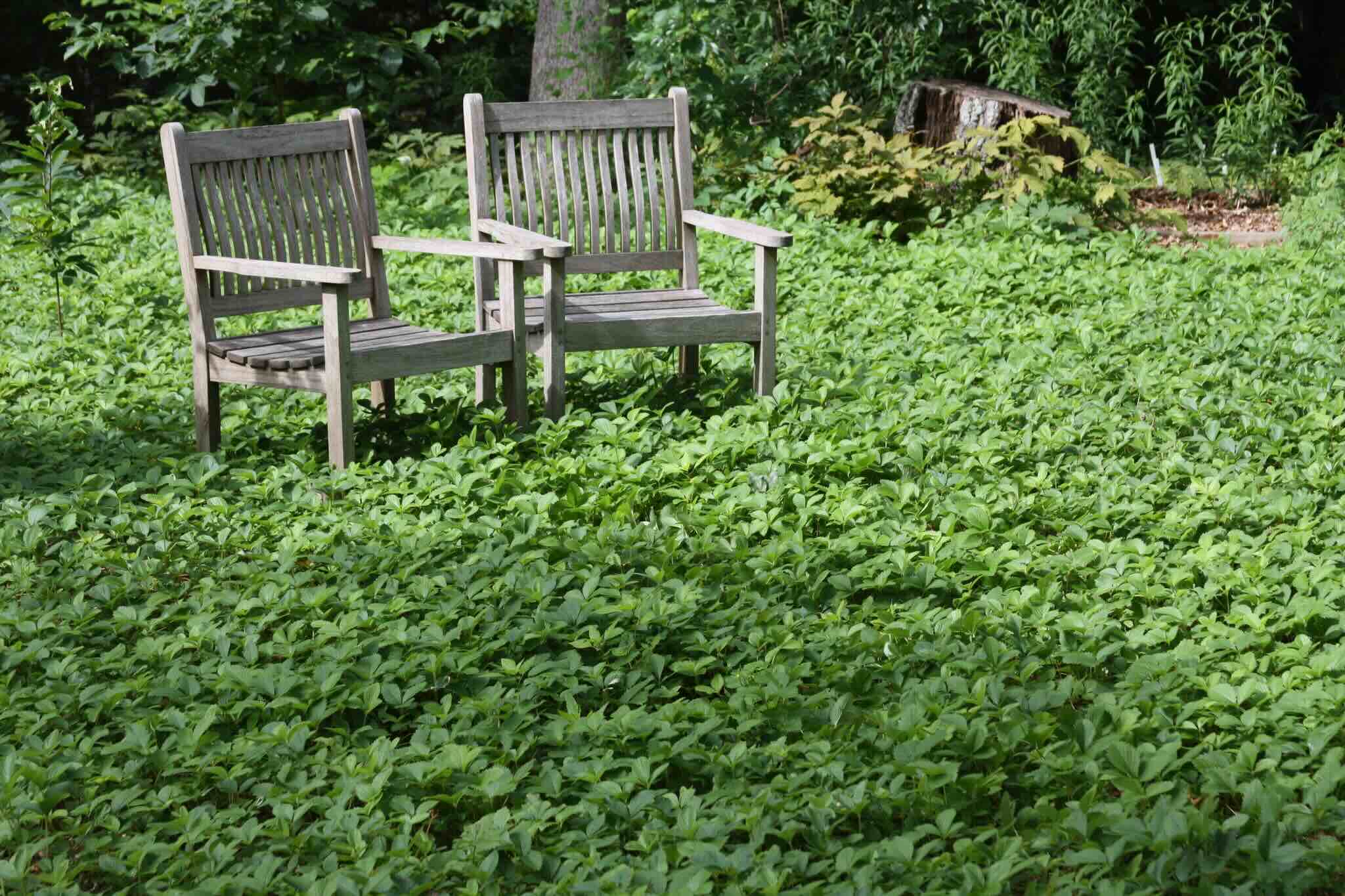
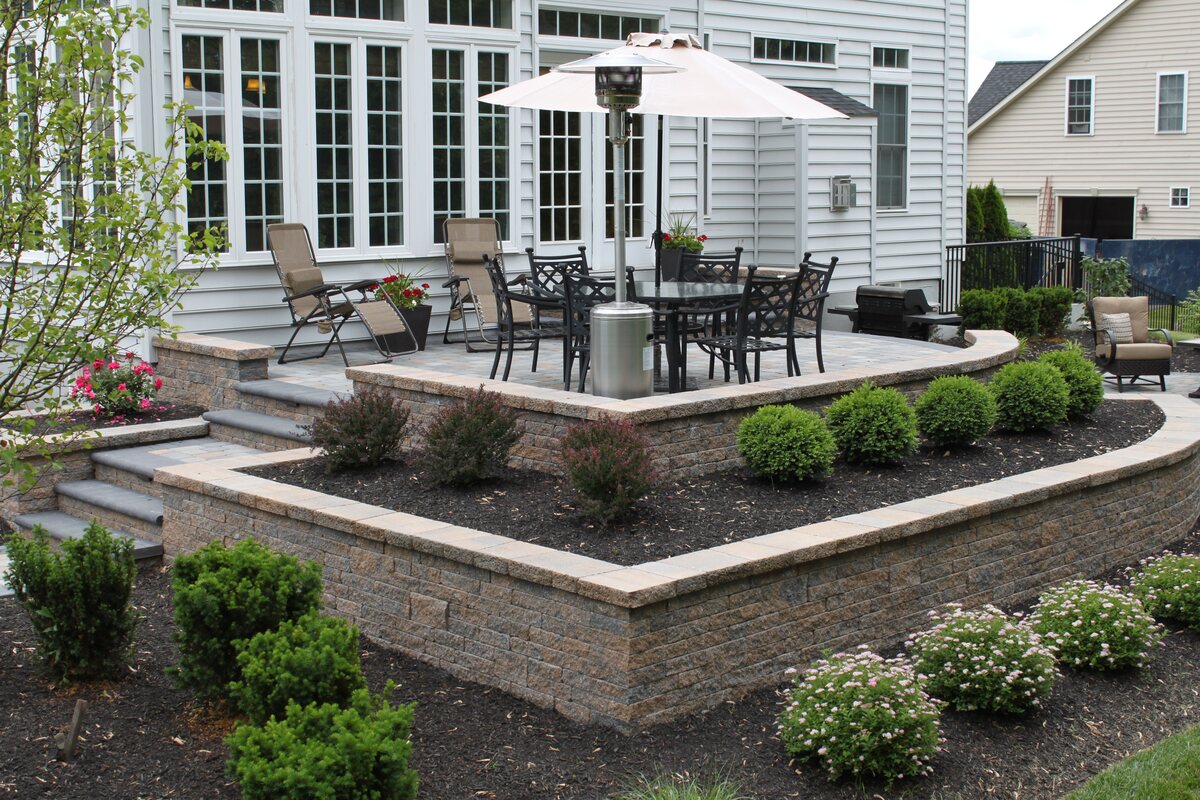
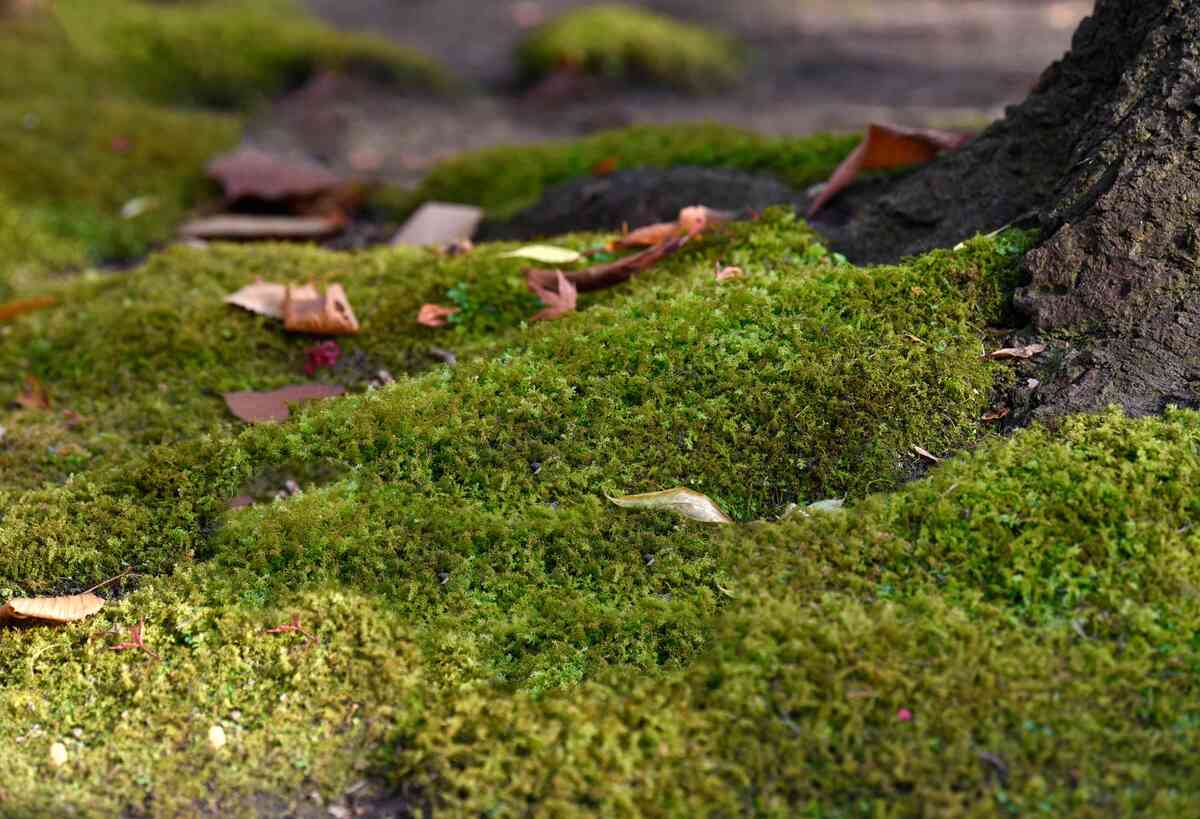
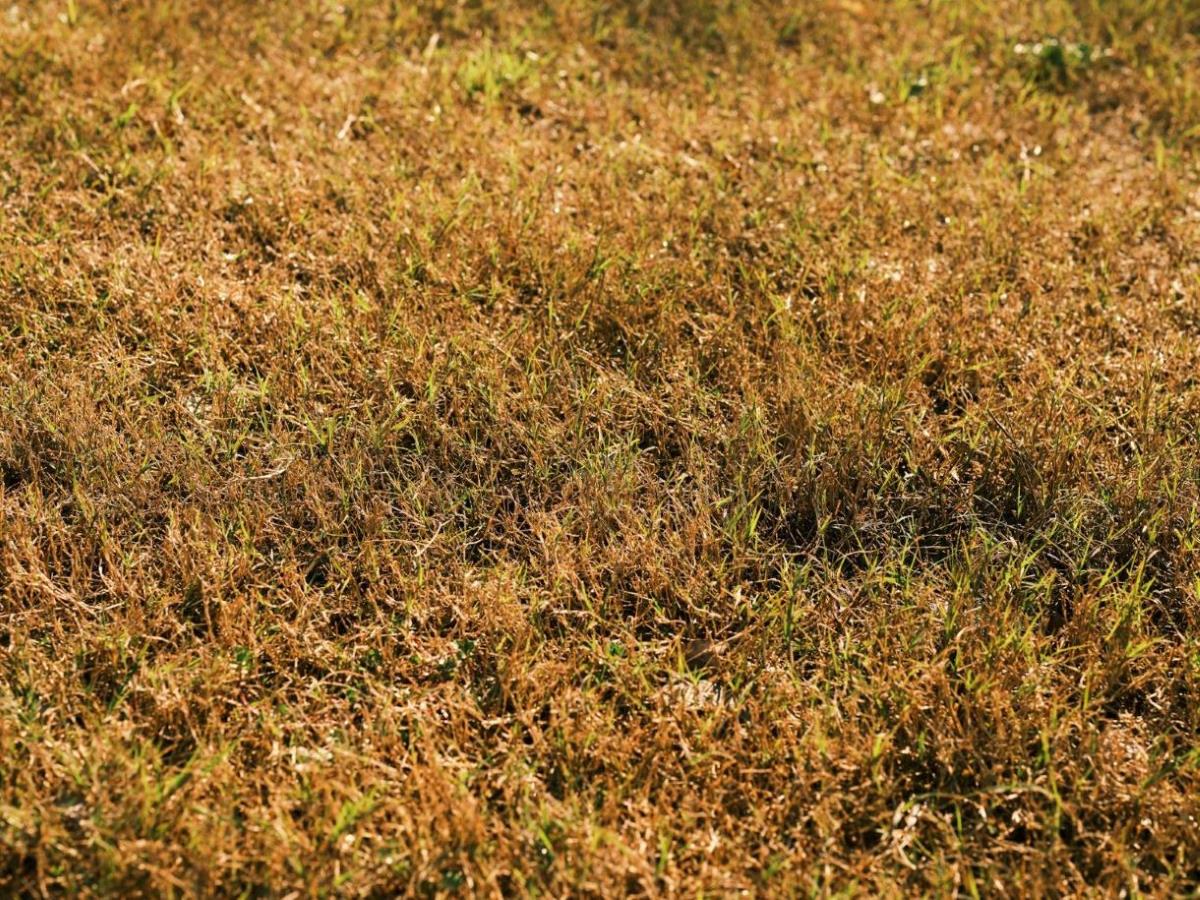
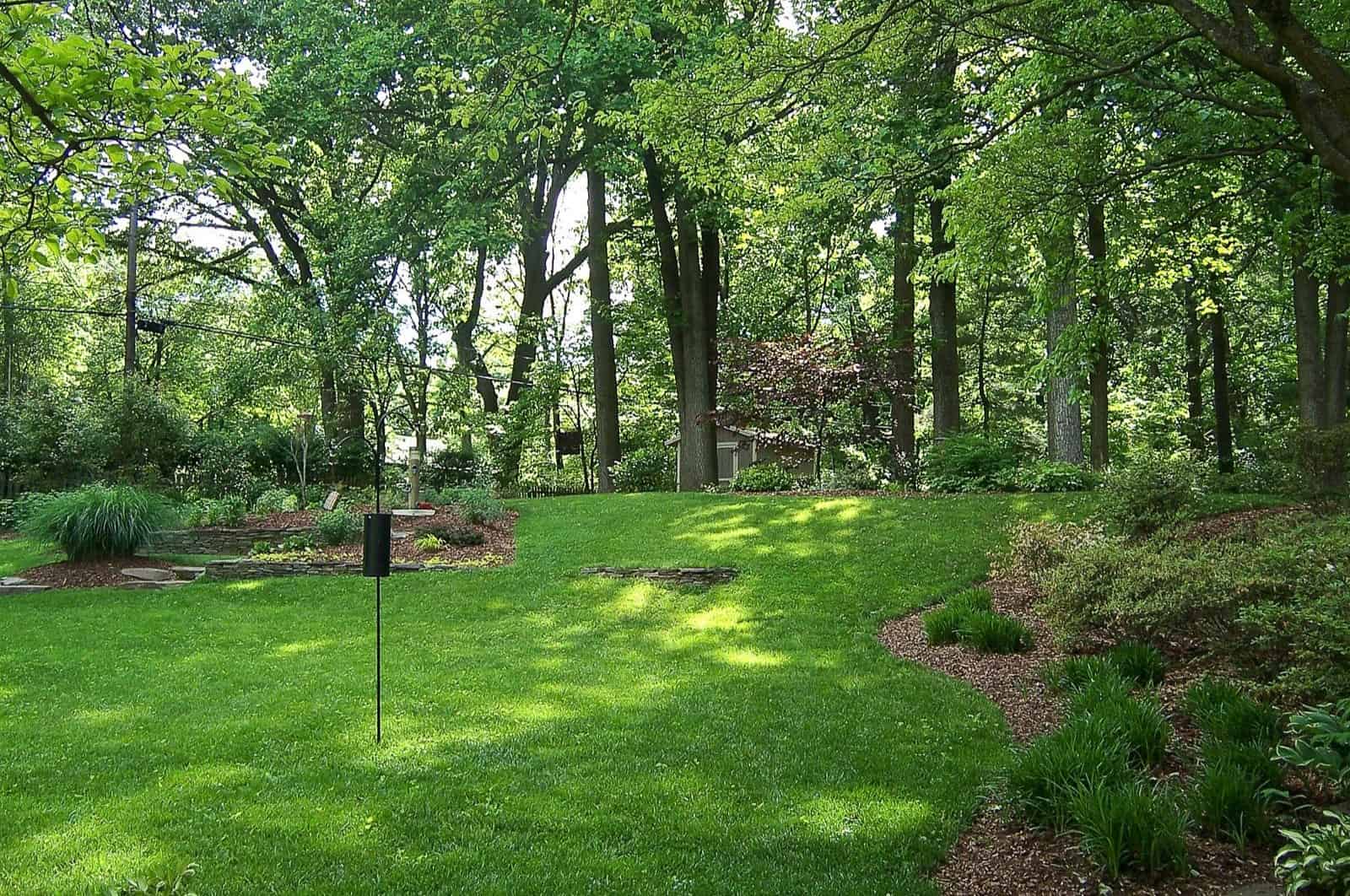
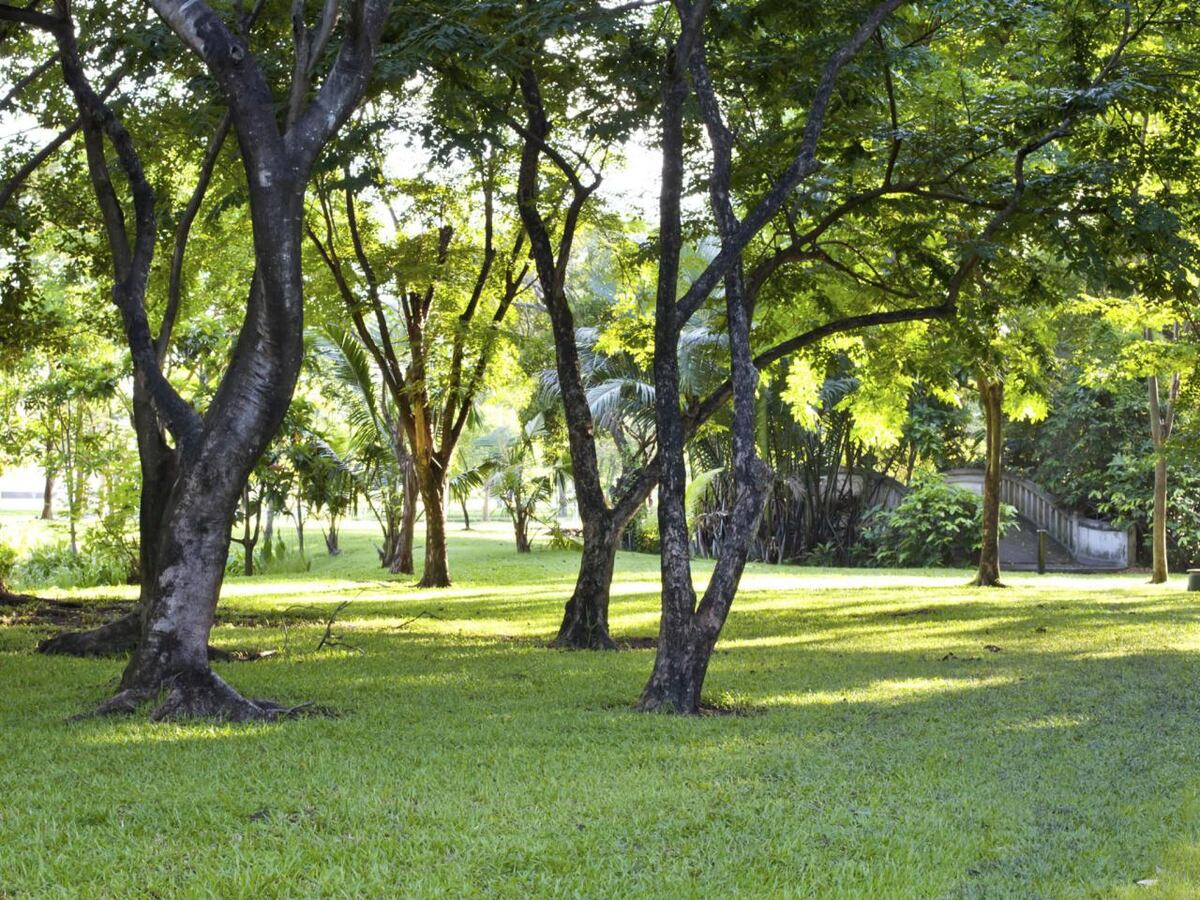
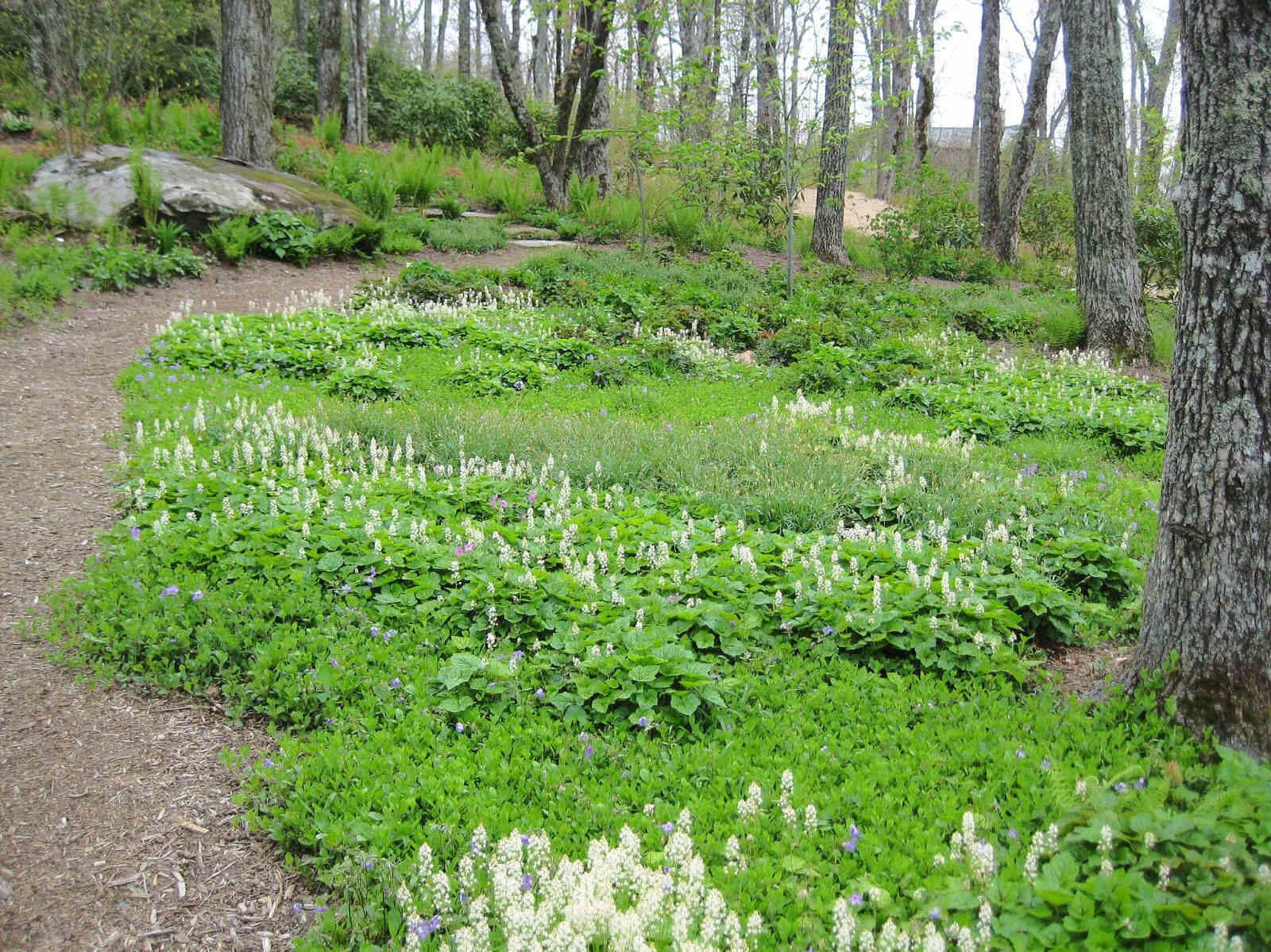
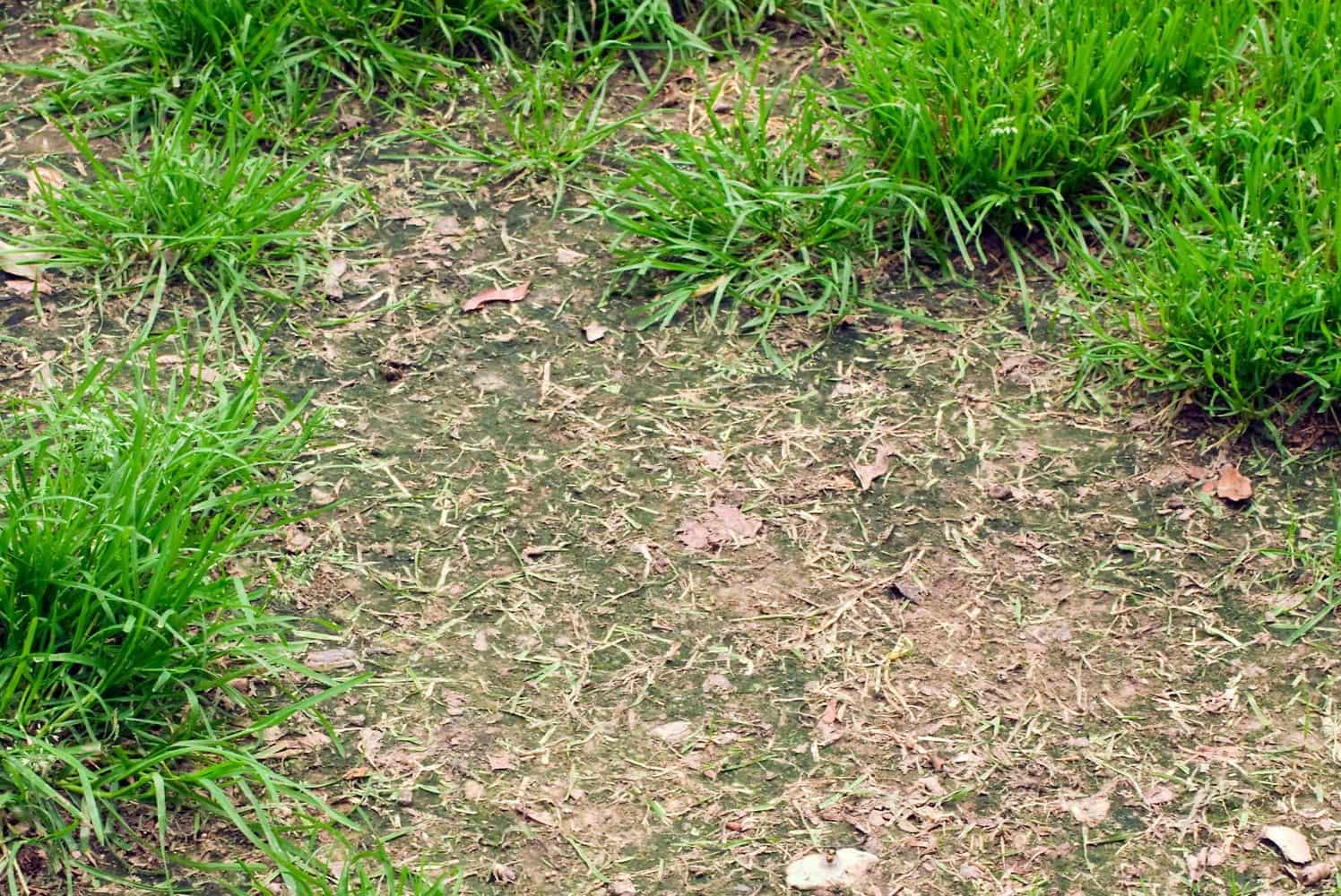
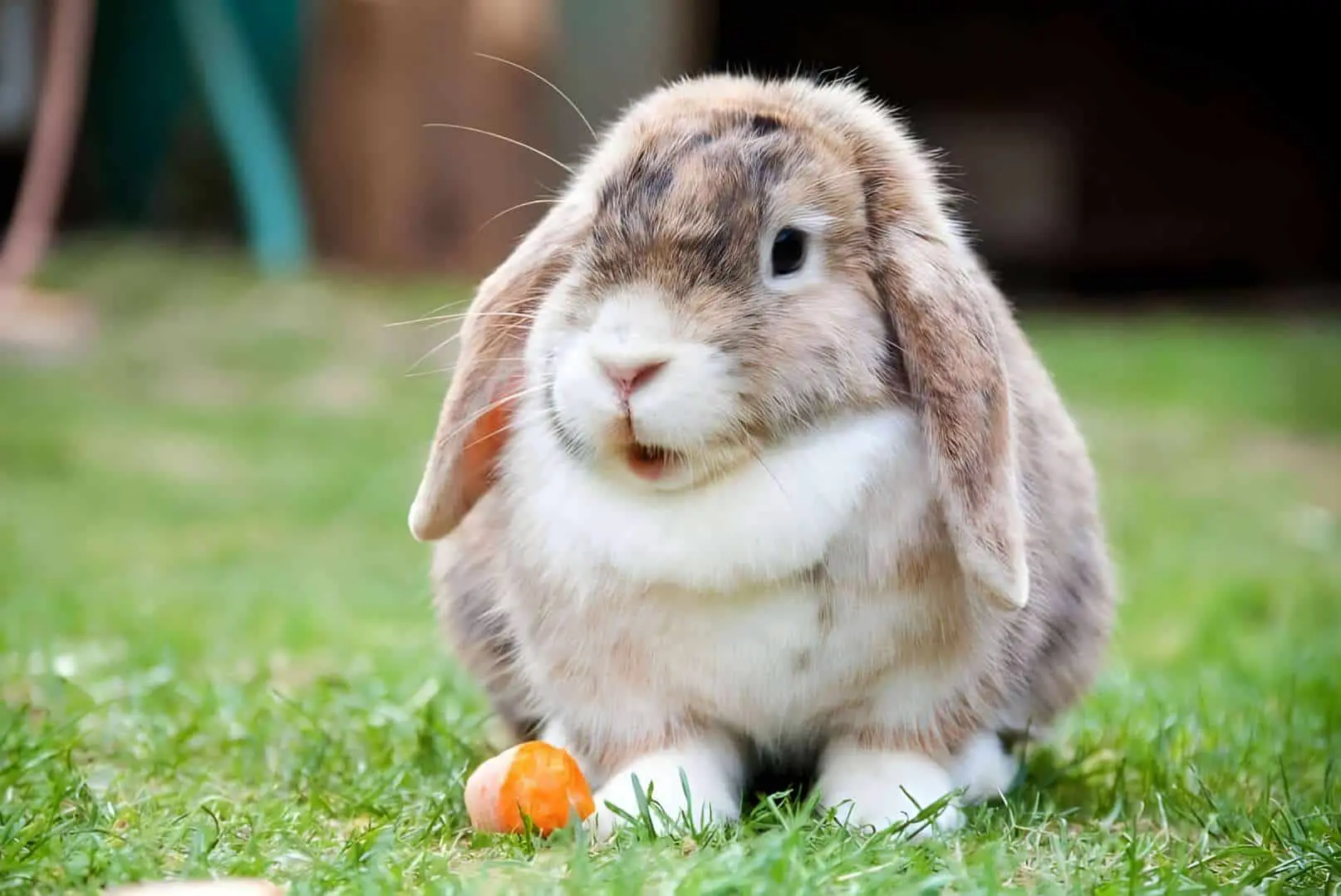
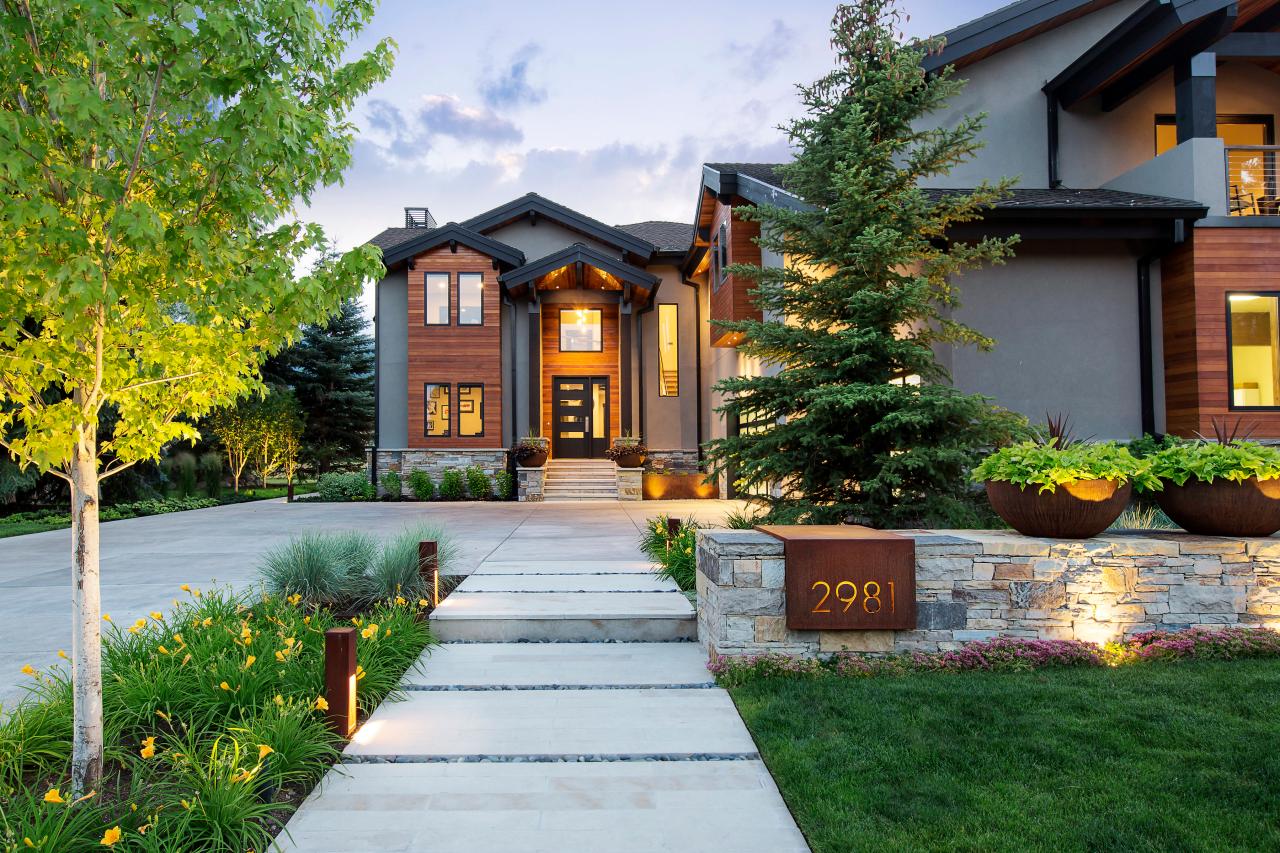
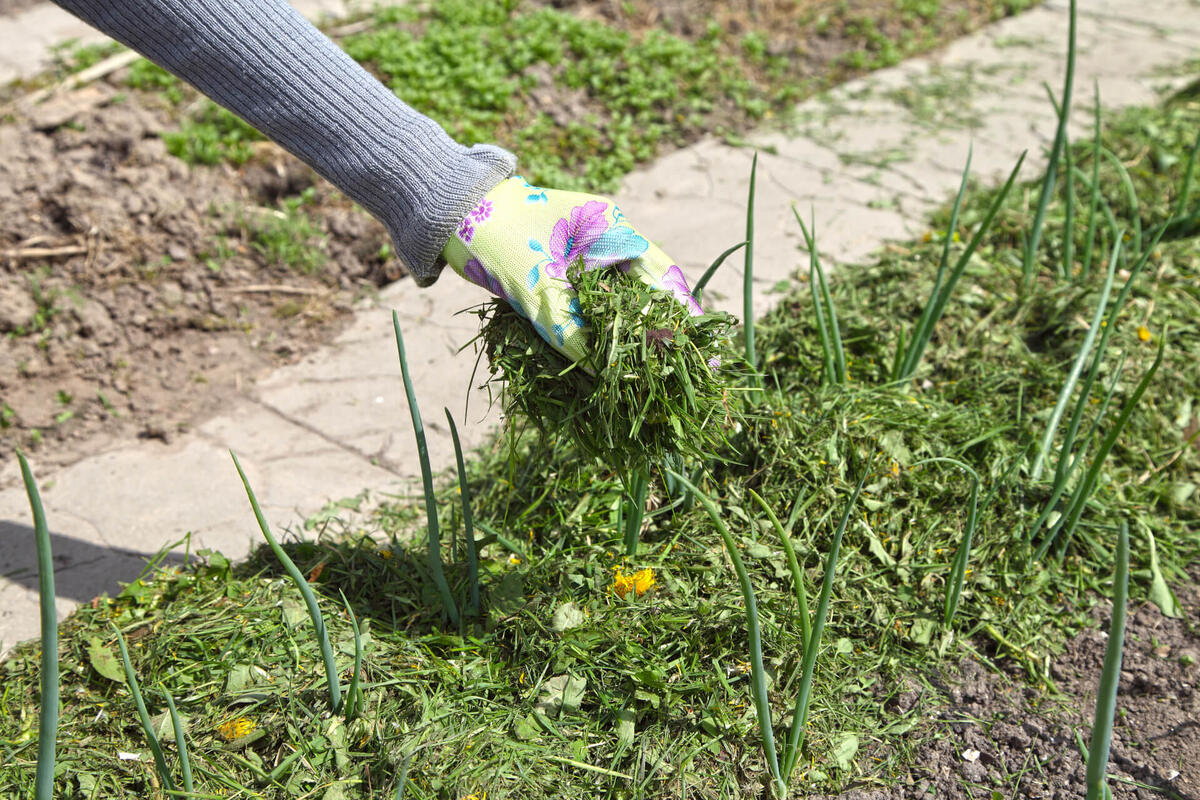
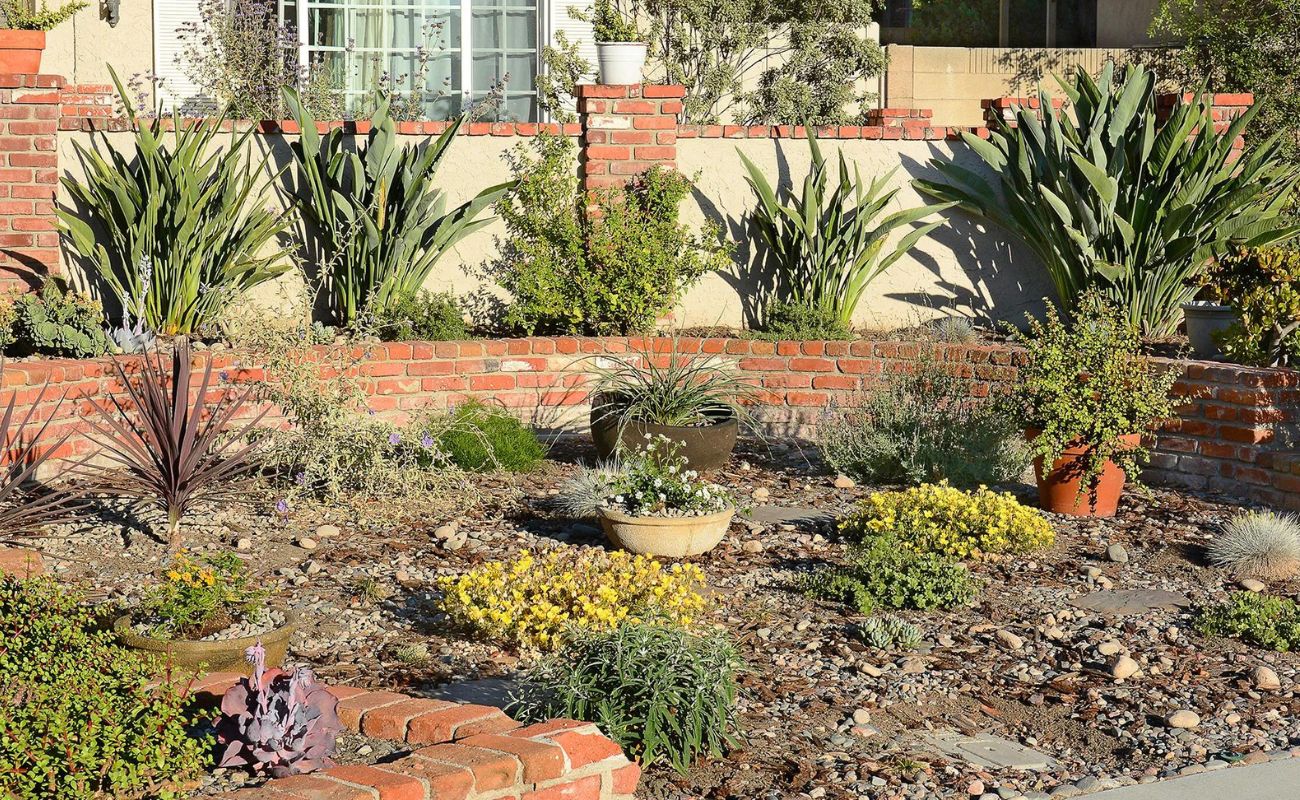

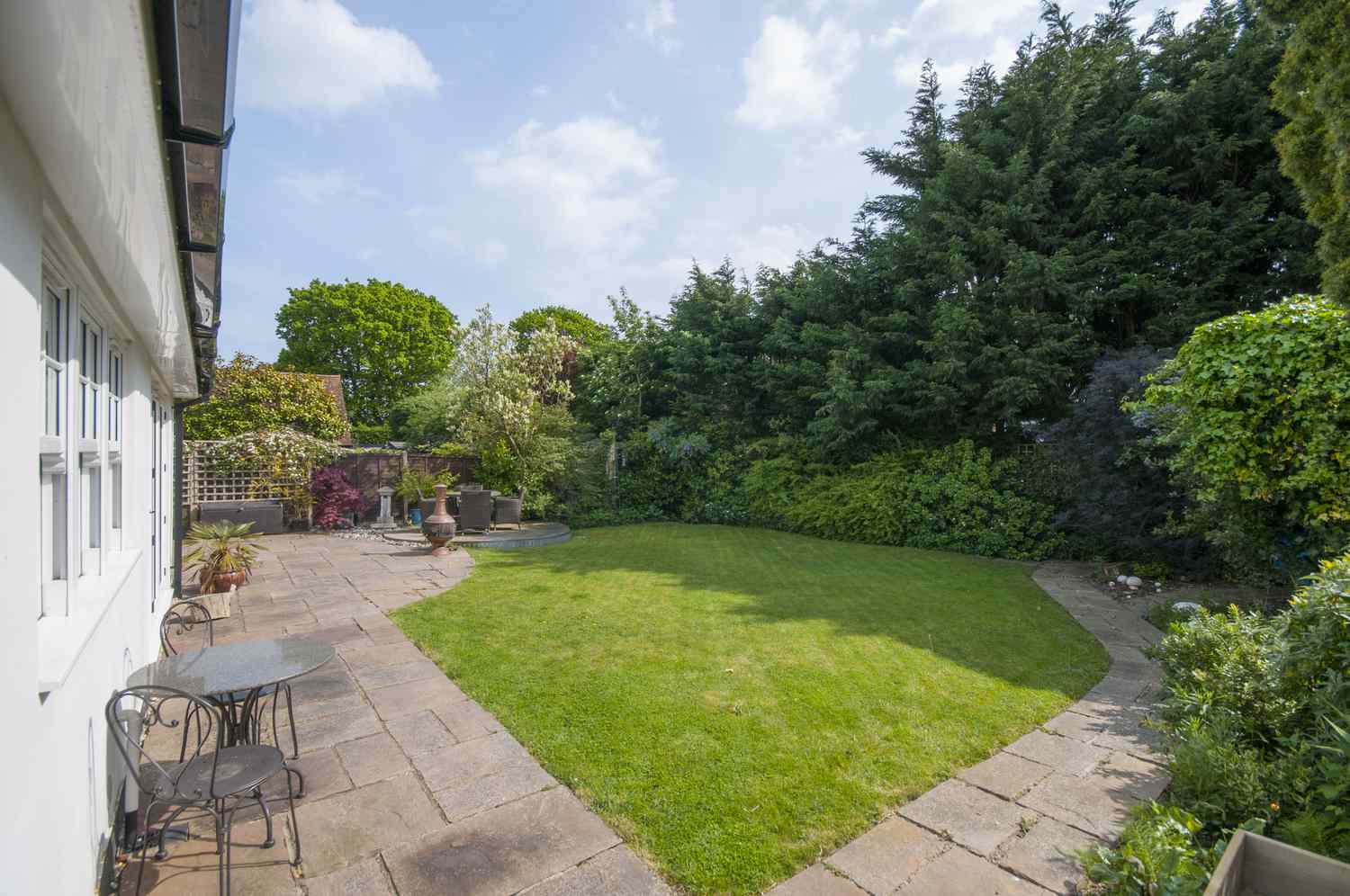

0 thoughts on “What To Do With Areas Of The Yard That Won’t Grow Grass”